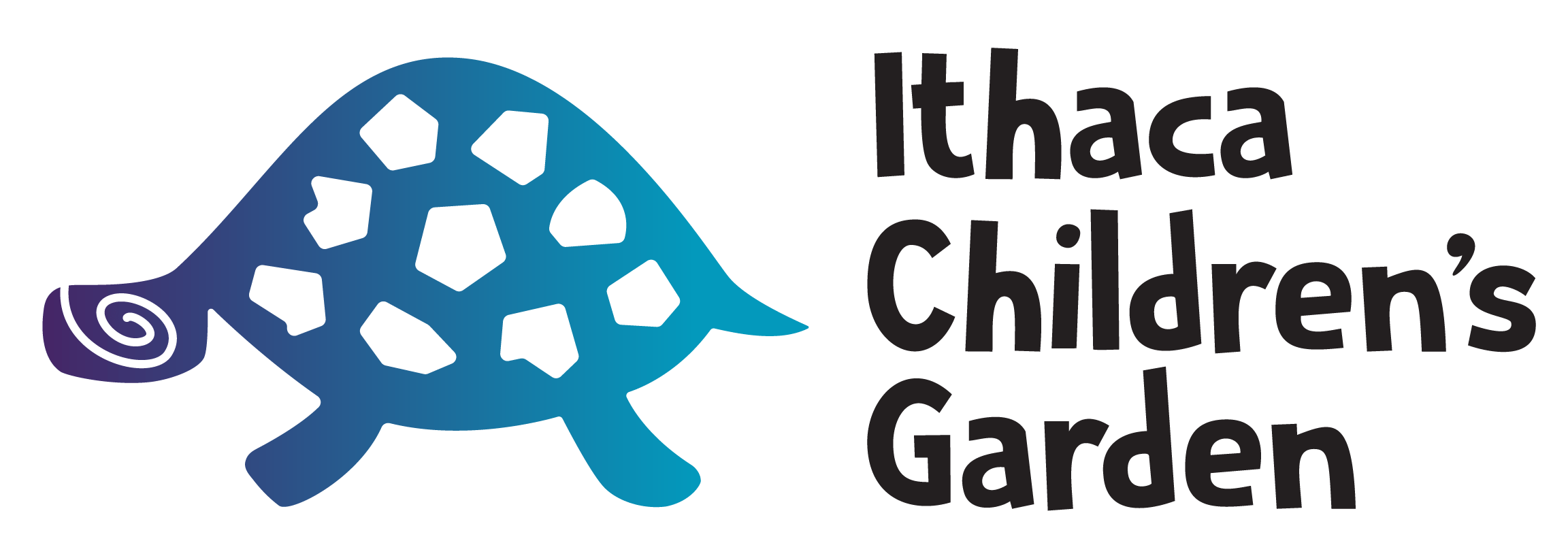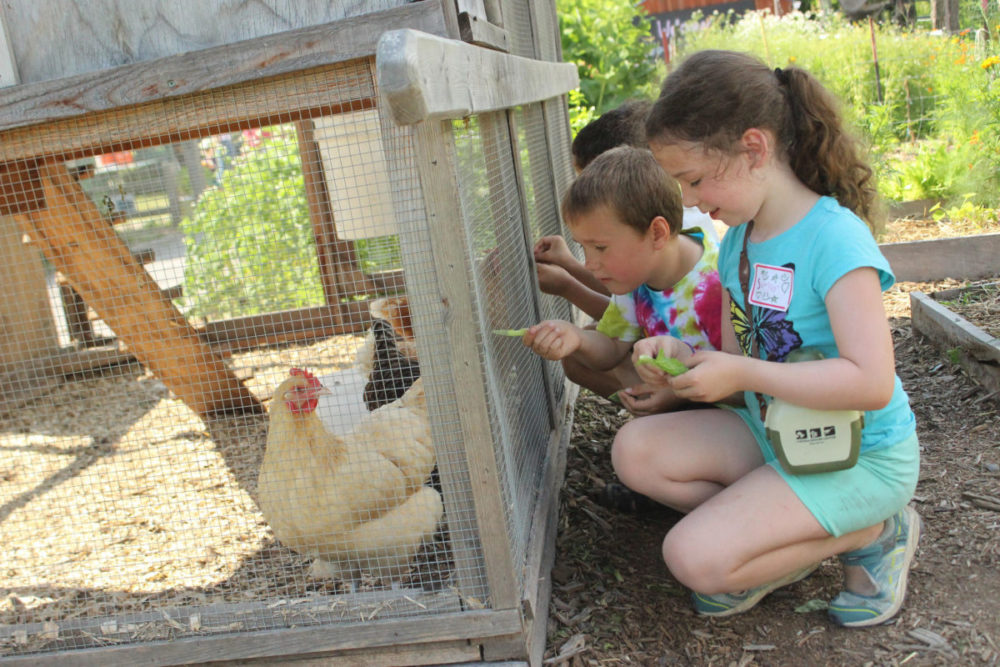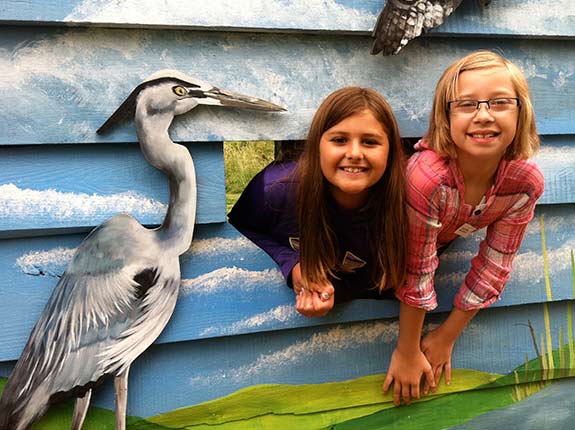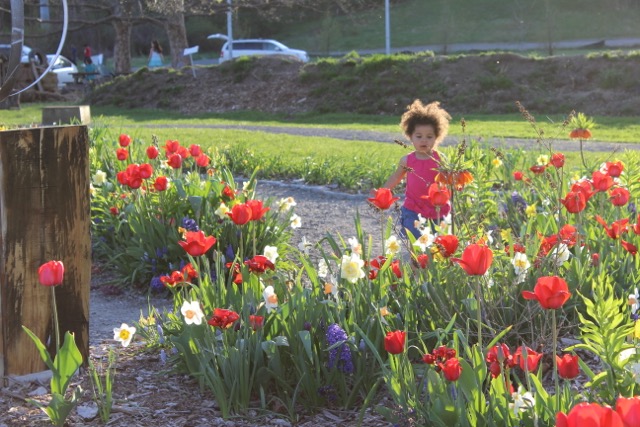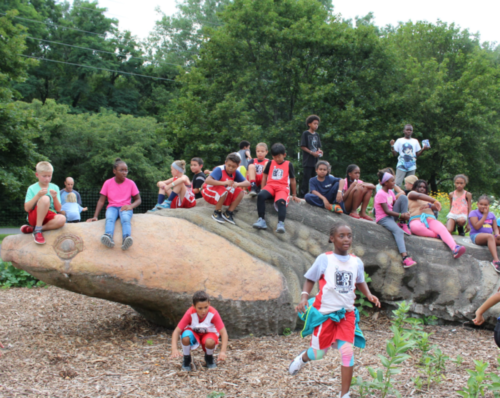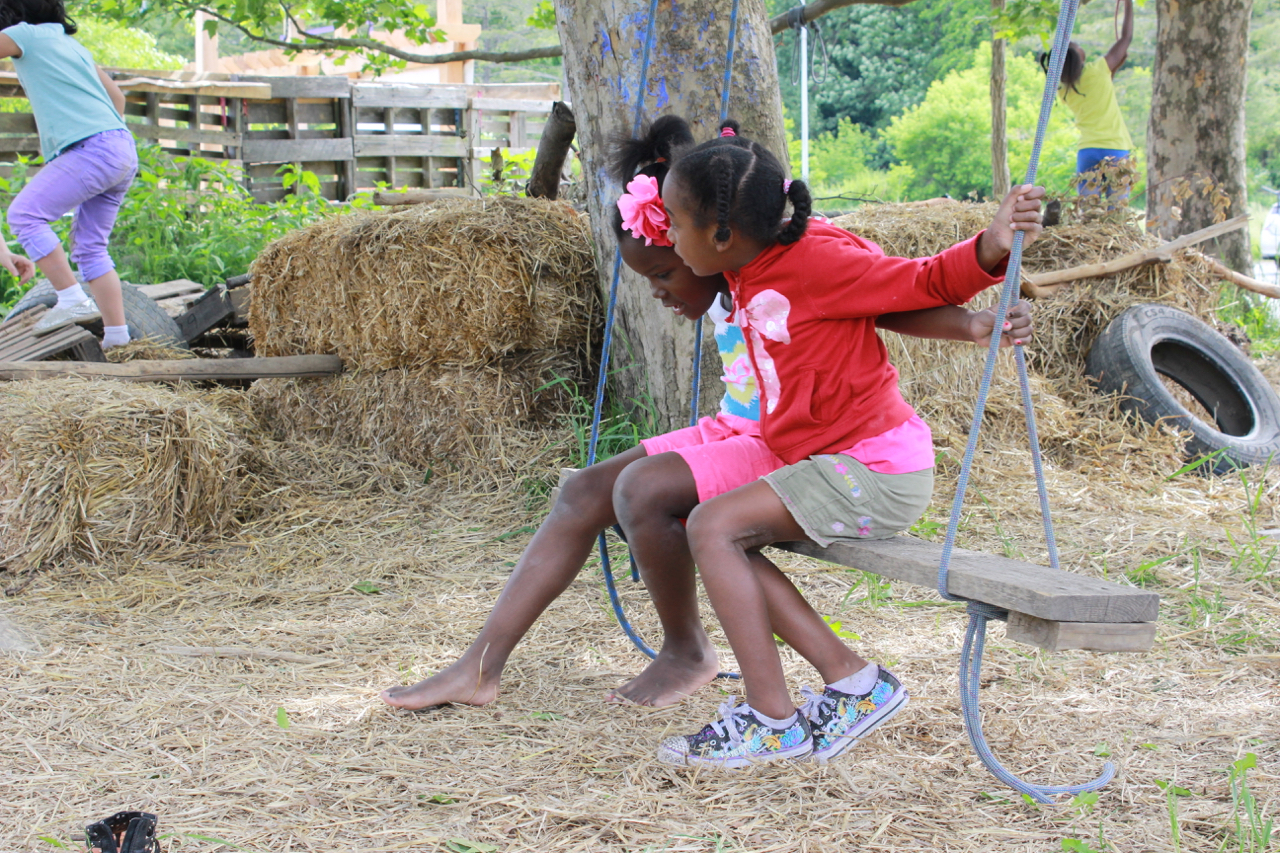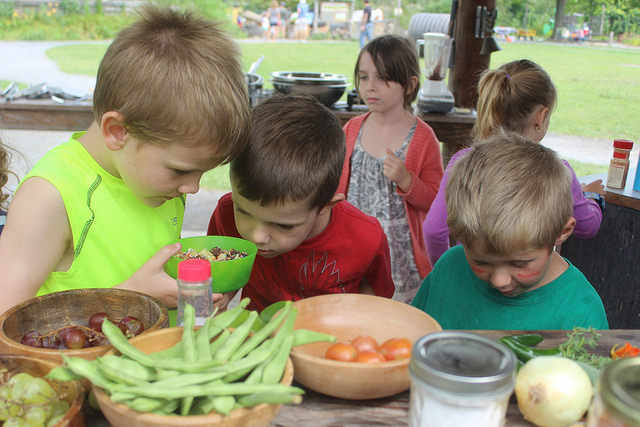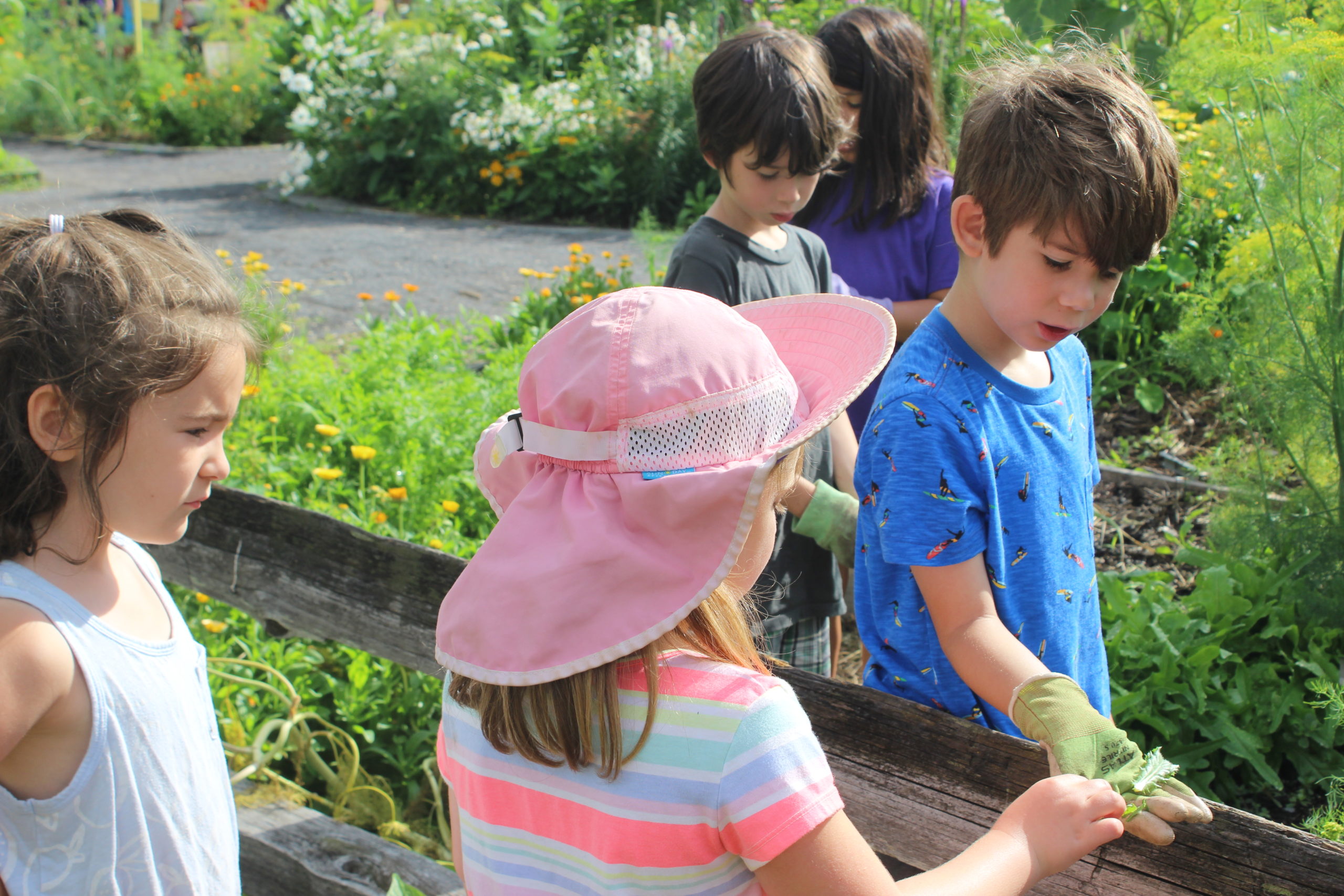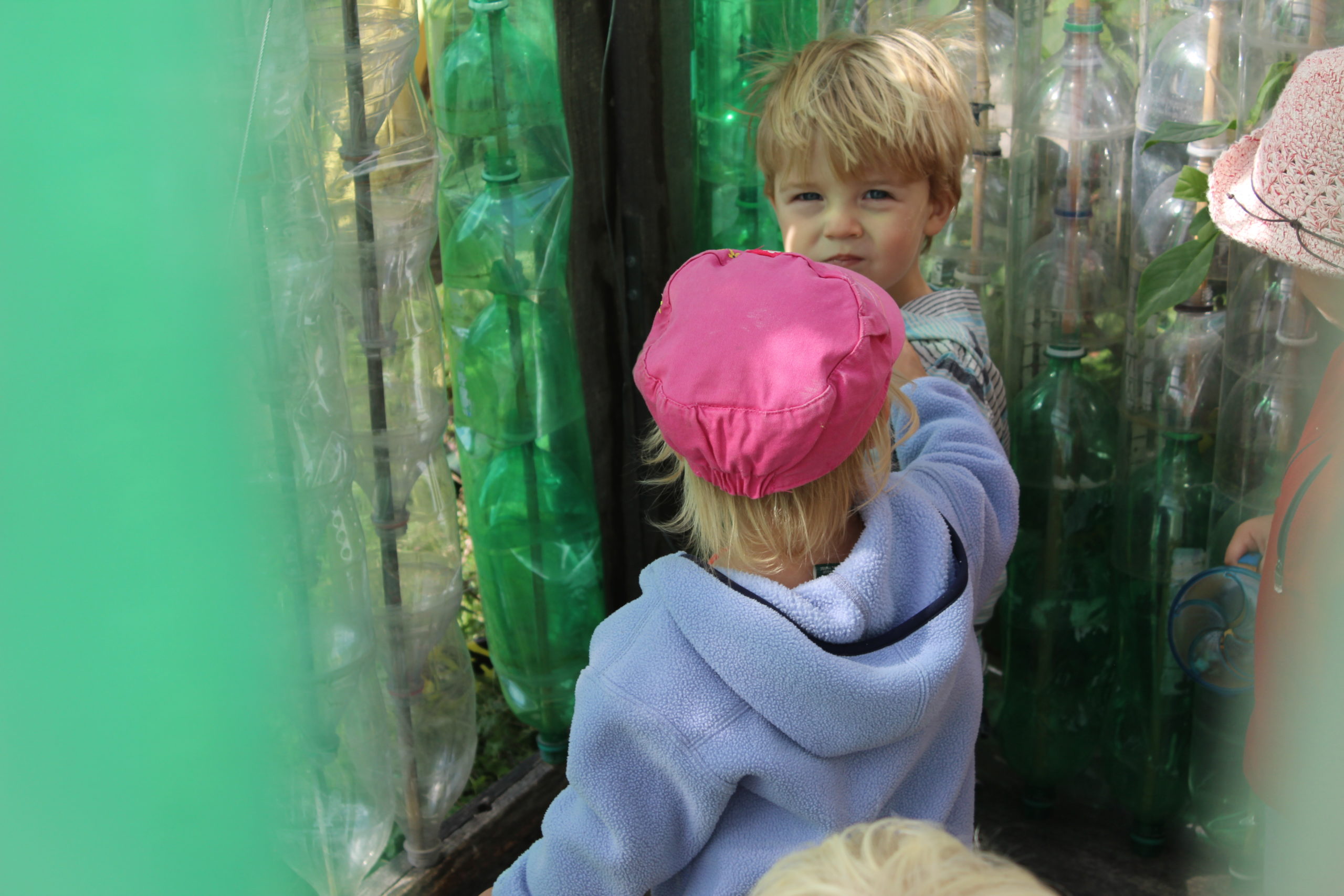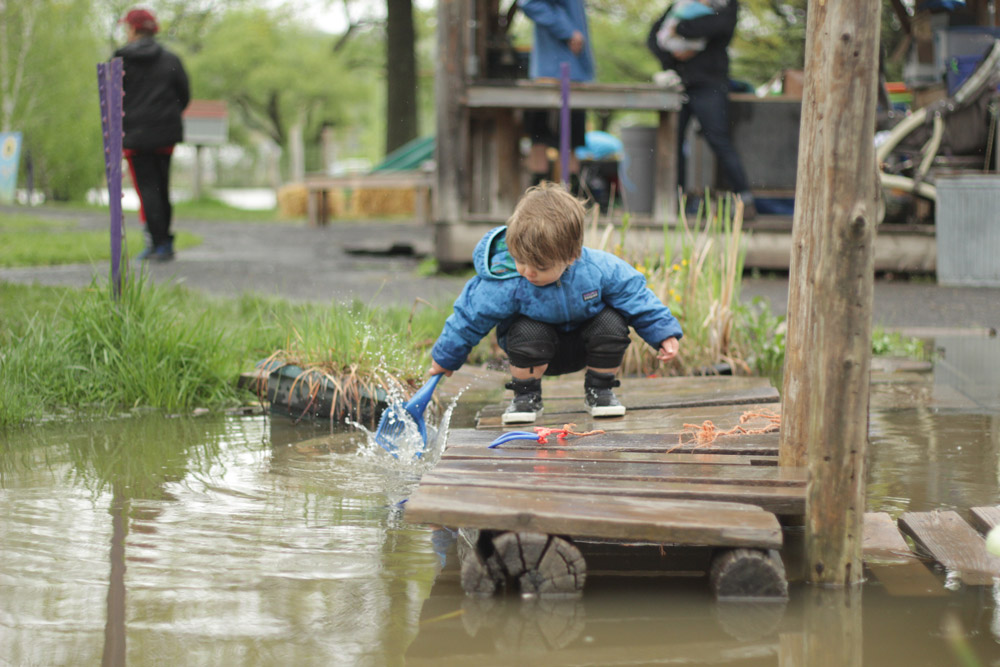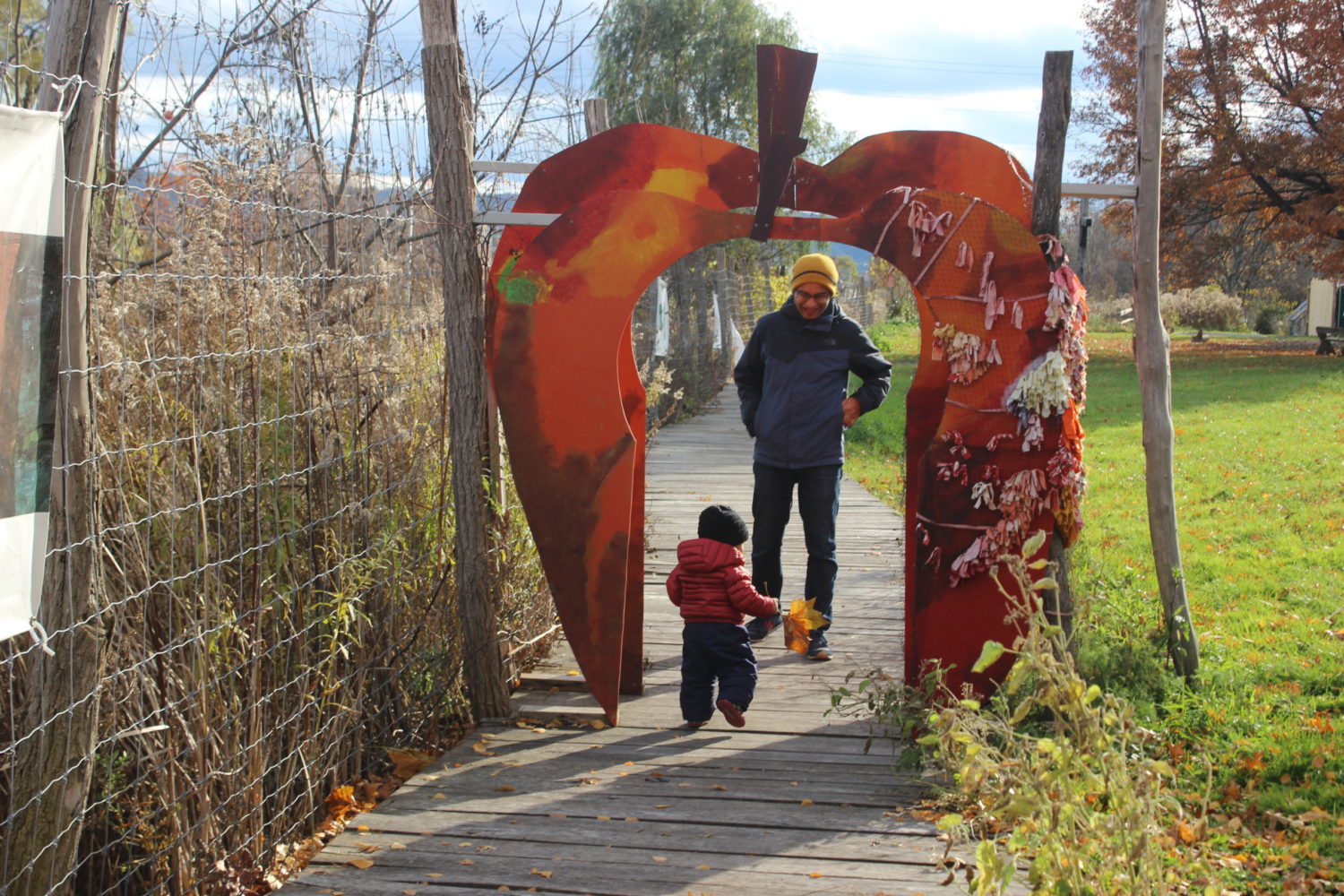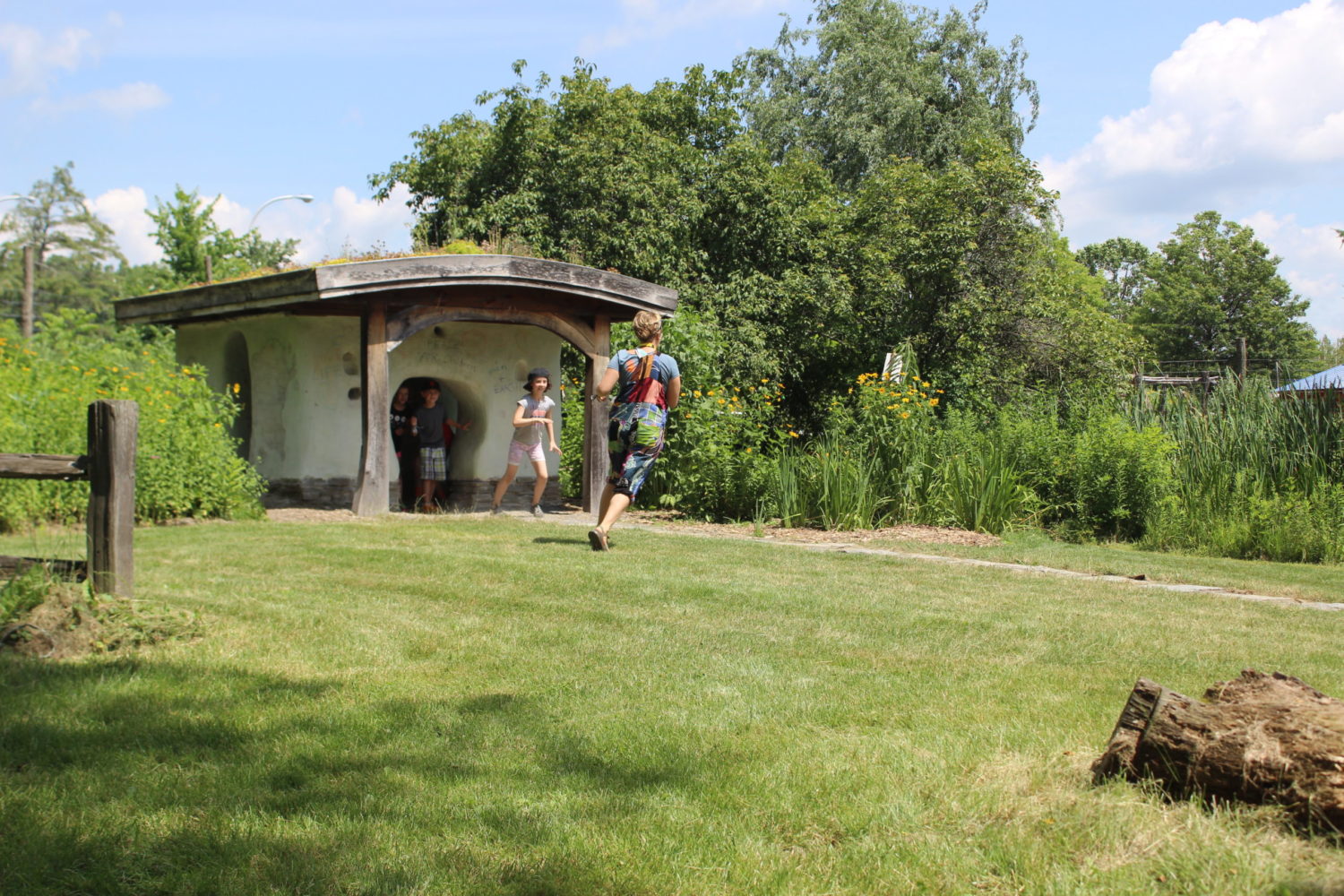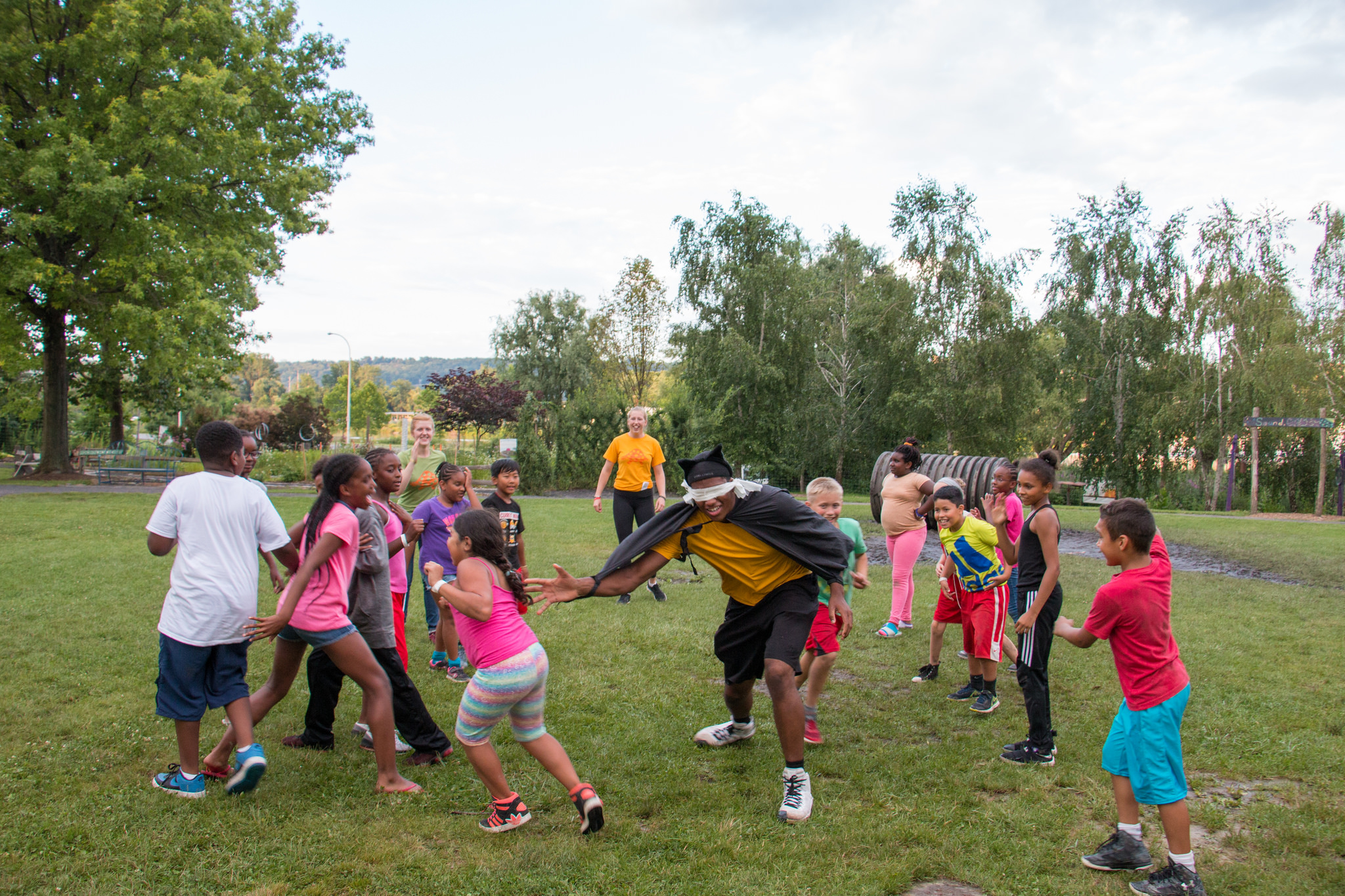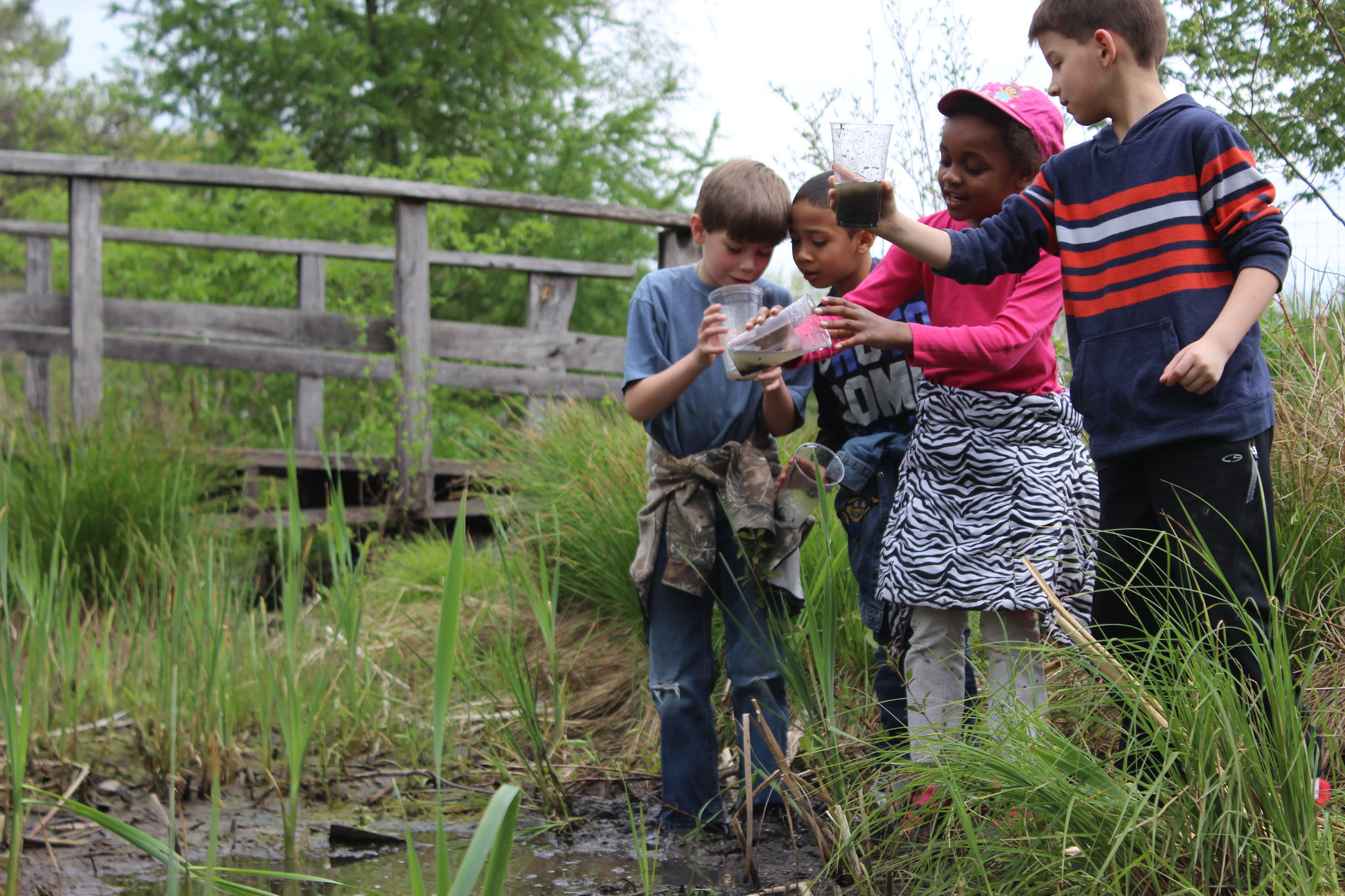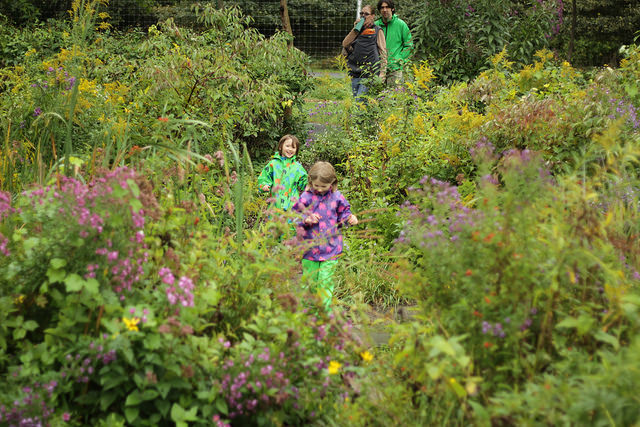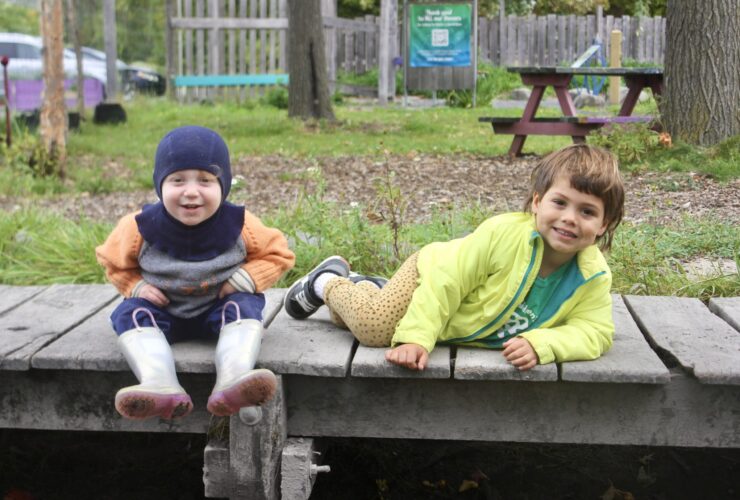Beginner’s Guide to Nature Journaling
+ A Simple Winter Activity
By Annika Ross, ICG Youth Garden Educator
I love [nature journaling] because it helps me feel connected to the place I’m living in, to all the creatures and plants and rocks and soil I’m living with.
Annika Ross, ICG Youth Garden Educator
My Journey into Journaling
When I was in college, I took an introductory botany course and was given an assignment to go outside twice a week, find a plant, and write about it in a journal. I recorded the date and location, keyed the plant out in a field guide and drew it. At first it was just an assignment, but, over time, I came to love the feeling of tracking my observations. I started adding extra things to my journal. I drew wispy pictures of the meadows, forests, and ponds. I wrote things I was thinking or feeling in the margins. And eventually, in another notebook, I started writing stories about the plants I found: stories about their lives in the woods or the swamp or the stream.
That assignment was my introduction to nature journaling, and now, three years later, it is one of my favorite things to do. I journal when I feel overwhelmed. I journal when I feel grateful. I journal when I’m somewhere I love. I journal when I’m somewhere new. I love it because it helps me feel connected to the place I’m living in, to all the creatures and plants and rocks and soil I’m living with.
I think nature journaling can be especially magical in the winter months. When it’s cold, wet and dark and nature is a little less colorful and a little more sleepy, nature journaling can help you feel connected to the outside world. Because when you journal, you take a moment to notice all the beauty and strangeness hidden underneath the snow.
Luckily, for our sleepy winter selves, it doesn’t take much to get started. One of my favorite things about nature journaling is that you don’t have to be a scientist or a nature expert to do it. All you have to do is:
- Go outside.
- Choose a place to sit (or stand or fidget or jump.)
- Take a moment to look around and record.
Journaling can be scientific, like a list of species you see or a detailed drawing of a cool bug. But it can also be as simple as a couple of leaves pressed between the pages of a notebook, a list of things you find beautiful, a blotch of bright red the same exact color as a cardinal’s wing, or a story about a troll that lives in the big, tall oak. To me, nature journaling is about giving power to your thoughts and observations about the natural world. No matter how scientific or artistic or magical they may be.
An activity to get started:
Pick a spot you love and come to it once a day (week, month). Mark the date and write or draw something you observe in your journal. Over time your journal will become a log of how you and the spot have changed through the year.
Things you can do in your journal:
- List the species you see (Seek is an app that lets you identify species with a smartphone camera.)
- Compose a poem
- Include a picture of an animal you saw
- Write about the plants (do they have leaves, flowers, are they hibernating?)
- Collect leaves or flowers you find on the ground, place them in your journal *
- Try to recreate a color of something you see
- Write/draw what your favorite thing is that you see
- Write/draw what you smell
- Write/draw how you feel
- Try other formats! It doesn’t have to all be on paper. You could also take a video or audio recording
*A link to some guidelines for collecting safely and responsibly. It’s always best to take things that have already fallen to the ground and always be aware of poisonous plants.
Examples:
- An entry I did in November while sitting in the Bulb Labyrinth Memorial Garden at the Ithaca Children’s Garden. I wrote about a tree I liked and glued it to some leaves I found on the ground.
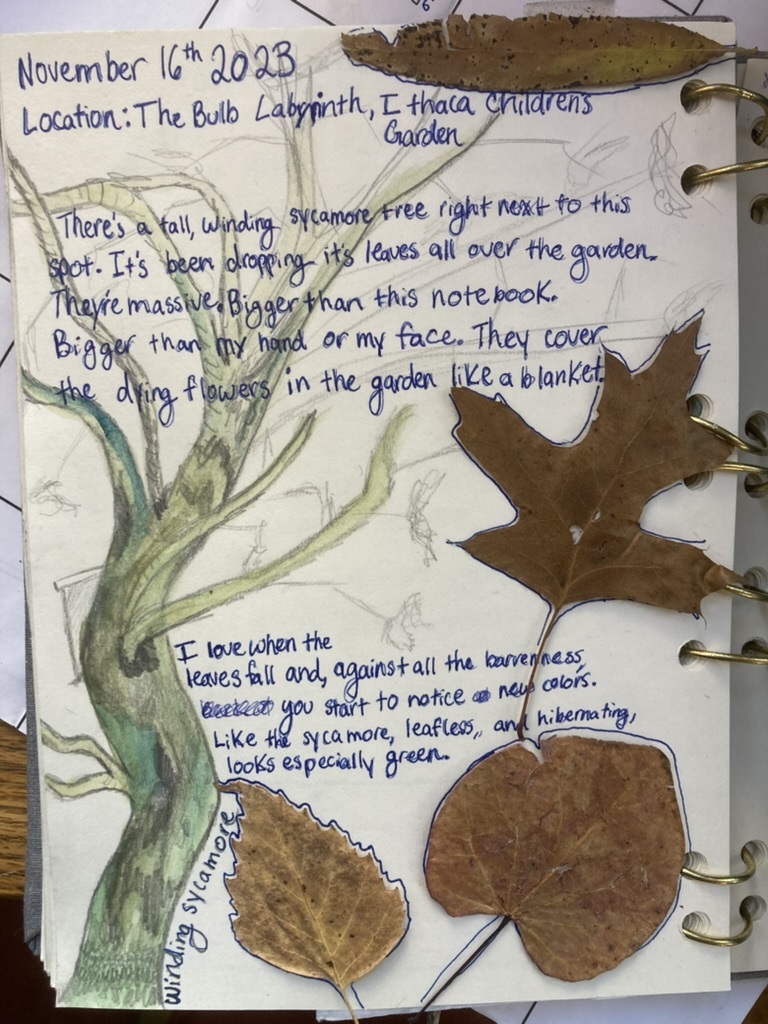
- This is a soundscape I made of birds slowly coming back in spring, made from recording the birds on my back porch once a day from early April to late June.

